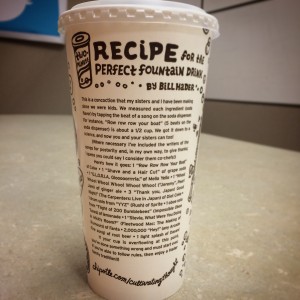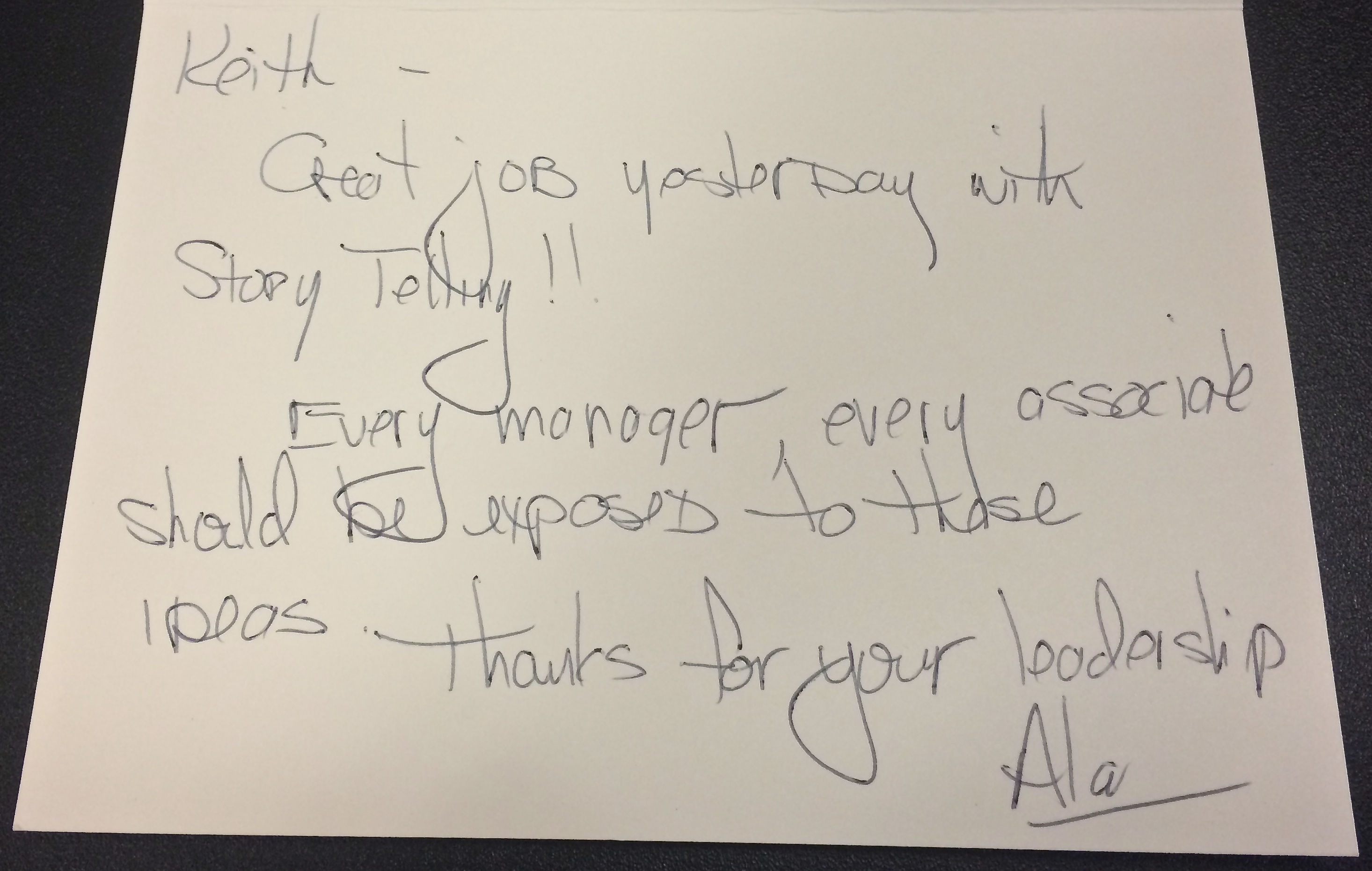I grabbed a quick lunch at Chipotle yesterday and found myself, yet again, reading the story on the cup.
Are you, by chance, a Chipotle cup reader too?
The cup author, SNL alumnus Bill Hader, writes about “a two-minute recipe for the perfect fountain drink.” In essence, you dispense and mix flavors using rhythms from songs.
For eons, soda was about the drink. Coke. No, wait, Pepsi. Dr. Pepper. Mtn. Dew. Fanta. RC Cola. Canada Dry.
Now, it’s about the drinker.
We no longer choose between one brand or another. We mashup multiple brands to create our own individual brand.
Marketing in the 20th century — the advertising age — was designed for passive recipients.
Modern marketers understand that, today, customers are active participants.
Daina Middleton wrote about this in her 2012 book, Marketing in the Participation Age.
TRY THIS:
Look at the home page of your (or your company’s) website. Is it designed for recipients or participants?
Are you telling others about yourself? Or inviting others into a story — a story about them, not you?
Now, look at your “about page.” Is it about you? Or for the reader?
Design your story for participation, not reception.



